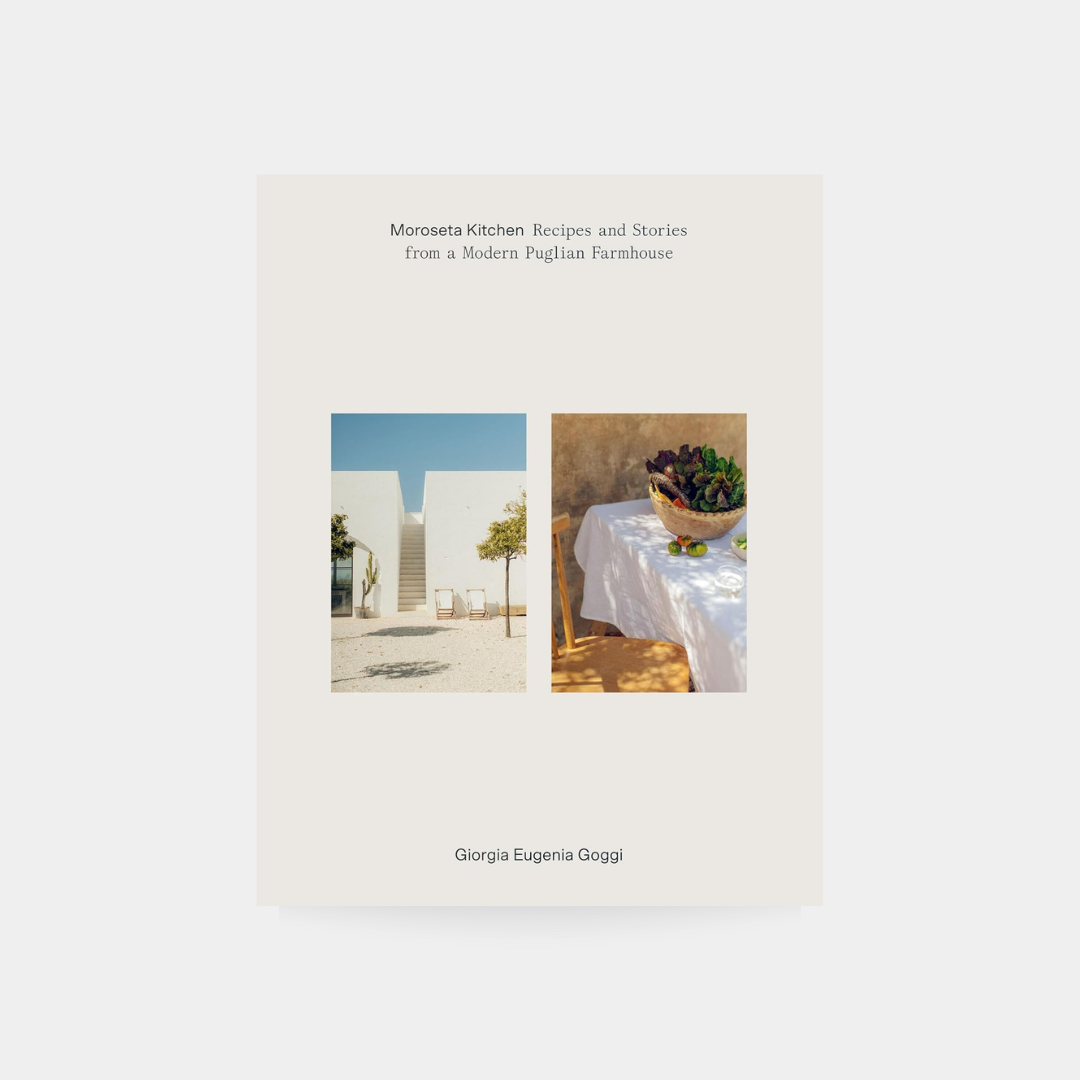Let the famous Danish chef and author of a mouth-watering cookbook called Nordic Family Kitchen inspire you.
What was the idea behind Nordic Family Kitchen?
The idea was to inspire people to take their children out in nature and to take them along into the kitchen, to take the time together to gather ingredients and prepare them together in the kitchen. But it was also inspired by the idea to produce simple recipes that can be quickly made on a busy weeknight, and that many people will like. So, the book is intended for a busy family with children, for the weekdays, the weekends and vacations.

Why do you think we should all make our cooking eco-conscious?
This is necessary if we want to take better care of the Earth and to make sure that we hand the world onto our children in good shape. It is necessary to pay attention to local food, to use the things around us that aren’t flown in from the other side of the world and to use the ingredients that are in season. They’re just better in every way. The ingredients taste better, are cheaper and more sustainable.
What is characteristic for the Nordic way of cooking?
Using local ingredients, lots of vegetables from our local producers, lots of fish and shellfish from the sea around us and preserving things from each season for other times of the year.
Pickling, salting, smoking and preserving in every possible way is very typical of Nordic cuisine.
What has working for Noma taught you?
A way of working with Nordic cuisine on a totally different level than I knew before. You can say that Nordic cuisine is quite simple and rustic in principle, but Noma has managed to refine and elevate it to an extreme level, while taking the basic principles of Nordic cuisine as their starting point.
Which recipe from the cookbook is your favourite?
I don’t think I can choose a single recipe; I think that every section and season has good recipes. But I do really like recipes like fried eggs with fried rapeseed flowers and parmesan (p. 116), seaweed flatbread with herbs and flowers (p. 91), herb grilled gar (p. 23) and grilled boletus with butter milk and egg yolk dressing (p. 244) because they are all attuned to the seasons, based on local ingredients and simple to make.

And is it possible to say which one of those recipes is the most typically Nordic?
No, it can’t be done. (laughs) I think that they are all quite Nordic in style.

































































